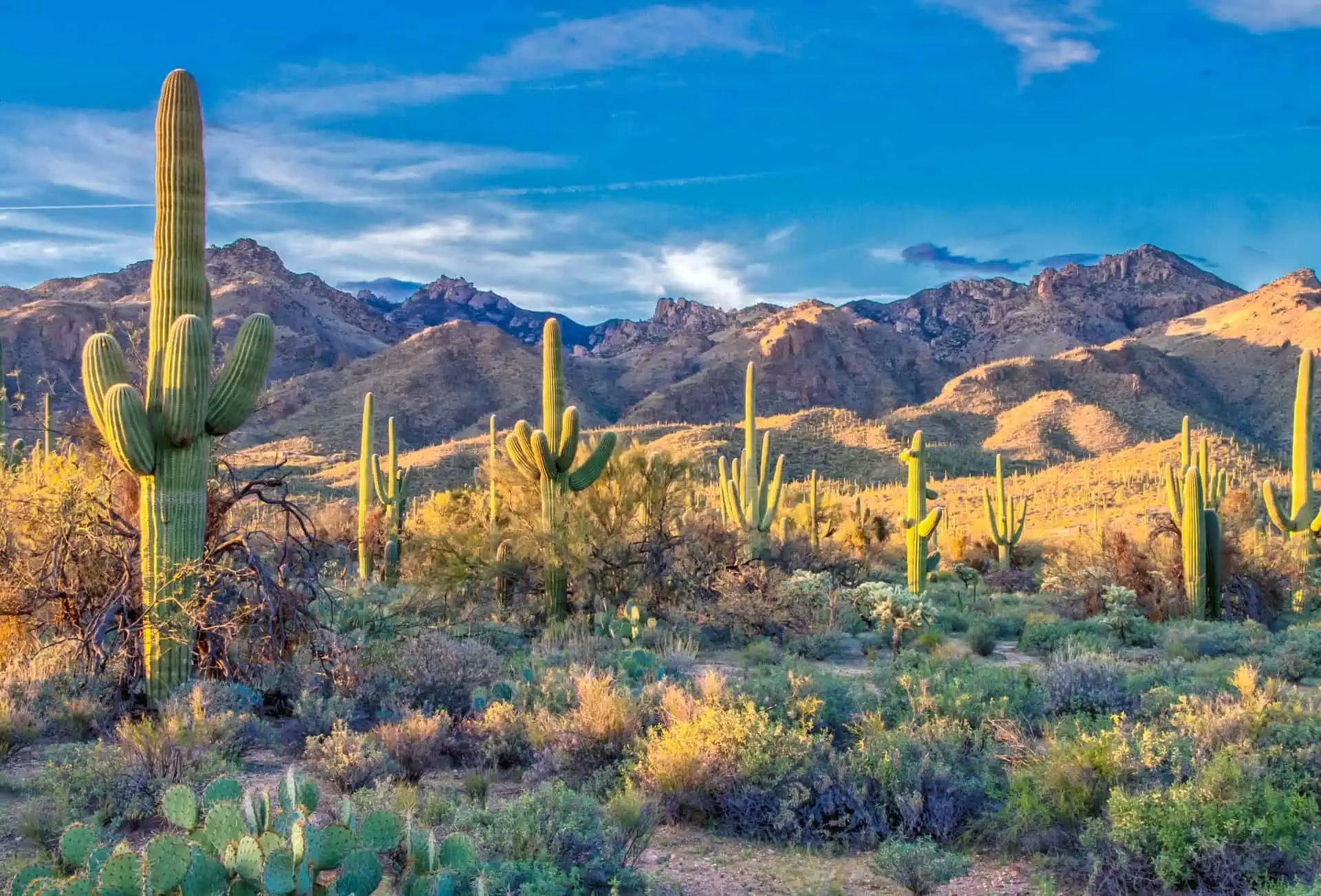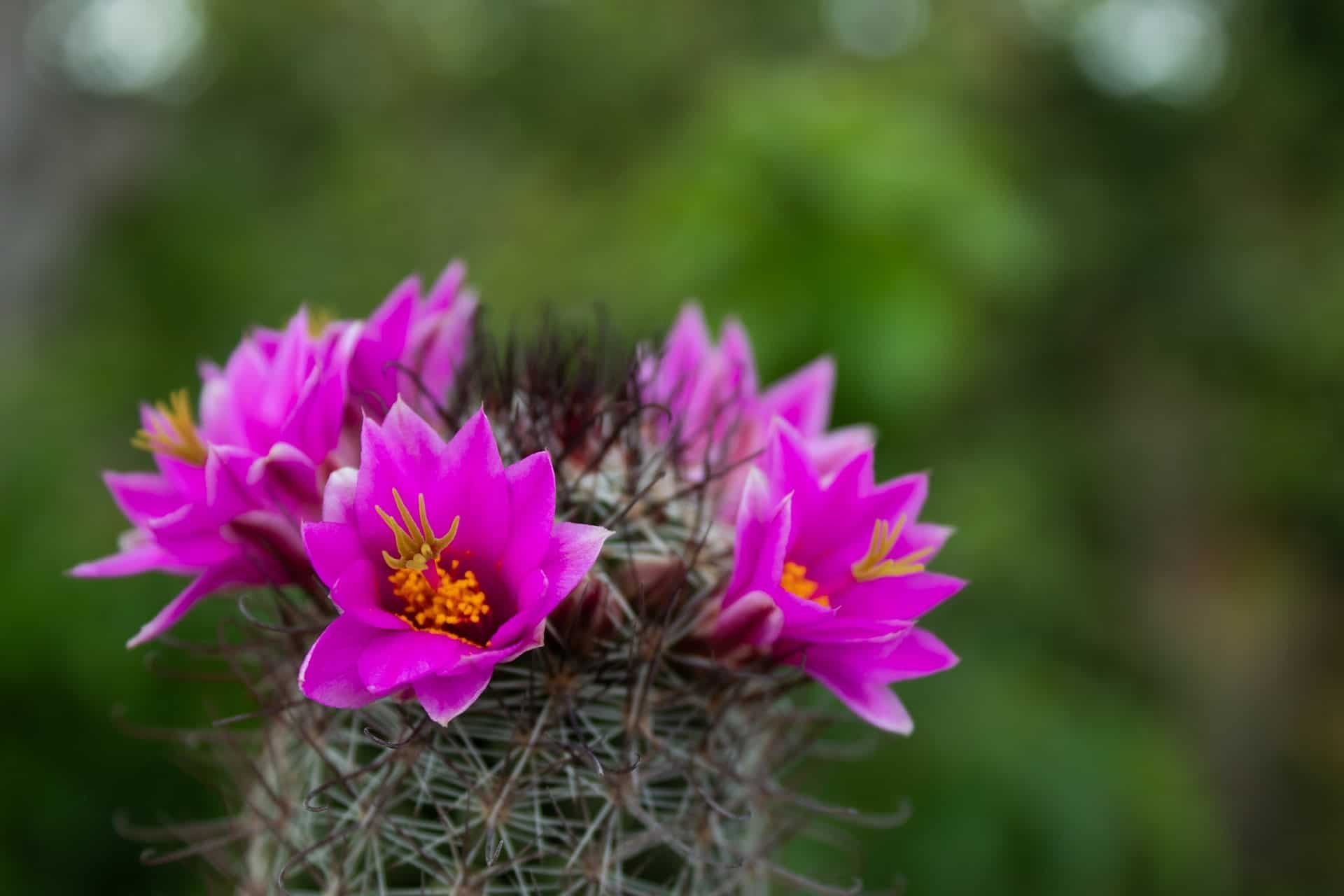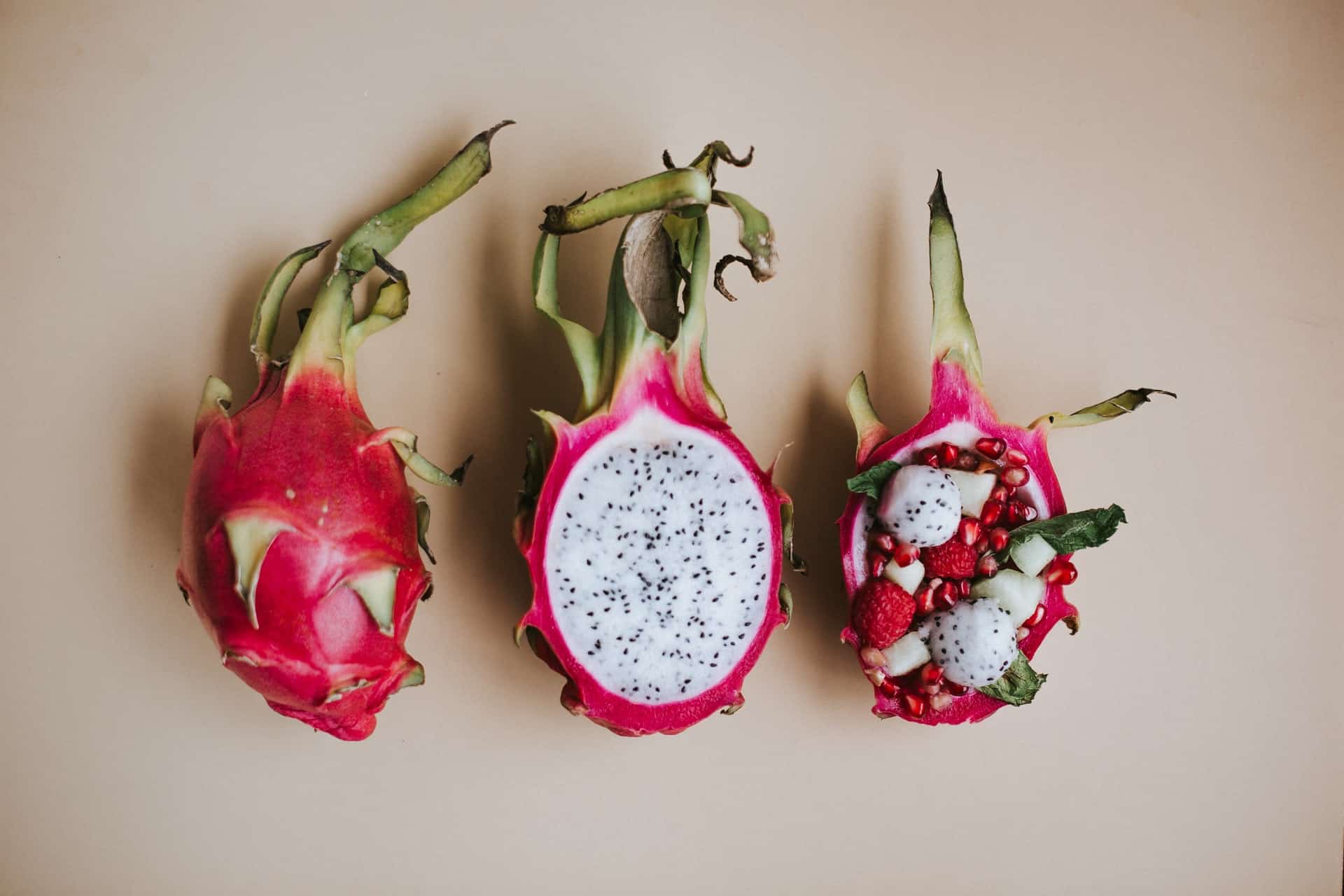
A cactus will steal your heart with its vibrant color, funky appeal, and gorgeous flowers. Want to see one? You don’t need to go far. You’ll find a cactus in almost every major continent, most especially in North and South America. Certain types of cacti grow in Africa and Southeast Asia as well. Cactus facts to take note of when you travel.
Cactus are easy on the eyes, and very useful, too! In addition to their aesthetic value, they provide food for hummingbirds, bats, bees, and other pollinators. Its official name Cactaceae comes from the Greek word kaktos, which means “spiky herb.” It is a type of succulent plant usually found in drought-prone areas. Put a cactus in the extreme heat and environment of the desert, and it will survive! The stems, stomata, and spikes of cacti help them adapt to the intense heat of the desert.
You can most commonly find cacti inside the homes and gardens of plant lovers! Cacti are popular among houseplant enthusiasts due to their distinctive, spiny skin, and appealing twisty shapes. These features make them appear as if they were sculpted by Mother Nature herself to demonstrate her creativity! Know more about them by checking out our cactus facts collection below.
- Cactus is a perennial plant, a plant that lives for more than two years.
- Cacti can live for more than two years even without a drop of water.
- There are around 2,000 species of cactus.
- There are around 90 species of Opuntia cacti in the United States. Opuntia cacti is the scientific name for prickly pear cactus.
- A full-grown Saguaro cactus can store around 200 gallons (757 liters) of water when it’s raining.
- Cactus has two main groups; core cacti or opuntias and cactoids.
- Cactus is native to the Americas. The plural form of cactus is cacti or cactuses.
- Cactus is a species of Caryophyllales , a diverse order of flowering plants.
- Cacti come in various shapes and sizes.
- The scientific name of the cactus is Cactaceae.
- Cactuses have a wide range of habitats.
- Cacti propagation can be by seeds, cuttings, or grafting.
- Cactuses also grow as houseplants or indoor plants.
- Rare species of cactus have high prices.
- Some species of cactus also come in shades of gray or nearly blue.
- Cacti are rich in vitamins and nutrients. They are a staple food in Latin America.
- Coyotes, lizards, and bats, are some of the animals that depend on cactus for nourishment.
- In Feng shui, the cactus symbolizes positive energy.
- Cactus flowers signify maternal love — it thrives in a harsh environment. It is a symbol of the mother’s unconditional love.
- The name cactus came from the Ancient Greek word, kaktos which means “spiky plant.”
Cactus is a succulent plant.
Cactuses are succulents plants. They have thick and woody stems. They have the capability to stock water in their stems, leaves, and roots. This lets them survive in places with little amount to no water at all.
Saguaro is a tree-like cactus.
Saguaro is a tree-like species of cactus that can grow for more than 12 meters or 40 feet tall. It is native to the Sonoran Desert in Arizona, the Imperial County areas of California, and the Mexican state of Sonora. Saguaro cactus has a long taproot that can grow up to one meter or three feet and three inches deep. It also has large underground roots that can extend up to 30 meters or 100 feet.

Saguaro is a columnar cactus.
Saguaro is a columnar cactus. It has branches, usually referred to as arms. They can grow from 3 to 16 meters or 10 to 52 feet tall, up to 75 cm or 30 inches in diameter, and can have as many as 49 arms. Saguaro grows very slowly and may take 20 to 50 years to reach a height of 1 meter or 3 feet and 3 inches. Compared to a regular cactus that only has a 2-year lifespan or so, a saguaro has a lifespan of approximately 150 to 200 years.
Saguaro blossom is the official state flower of Arizona.
In 1931, Arizona made saguaro blossom its official state flower. Saguaro blossoms or flowers usually grow at the top of the stems and arms of the cactus. These flowers have a sweet melon scent.
It must also be noted that it is illegal in Arizona to harm saguaro cactus. Construction projects must take special precautions to move every saguaro that will be affected.
Most cacti do not have leaves.
Cacti can survive in areas of low rainfall and poor soil. This is because most cacti do not have leaves, most have spines or scales. Unlike the regular leaves, their spines or scales do not lose water through evaporation. Cacti also use their spines to protect them from predators.
Cacti are also vulnerable to predators.
Despite their spiky body, cacti can still be vulnerable to different predators. For example, some rodents chew on cactus pads. Deers, squirrels, birds, antelopes, jackrabbits, beetles, and wild pigs also eat cactus fruits.
Cactus has shallow roots.
All cacti have roots, and they perform important functions. These roots are long, fibrous, and shallow, and do not penetrate deep into the soil. These roots extend several feet away from the plant. Some have taproots or main roots that grow deep in the soil. The roots absorb the nutrients and water from the ground and also store food.
Cactus fruits come from Opuntia cactus.
Opuntia cactus is a species of cactus that is native to Central America and desert parts of North America. They all bear fruits. Both the skin and flesh of the fruit have a different color, depending on the species. Some fruits are white, green, purple, yellow, red, or even orange.

Cacti can also be used as construction materials.
Cacti also serve as construction materials. Some people use living cactuses as barricades to surround buildings and prevent people from coming in. Others use cactus as an animal pen, while the woody parts of some species of cacti are used in making buildings and furniture.
The stomata of the cactus only opens at night.
Cacti have different ways to withstand extreme heat and drought. For instance, They only open their stomata or stomates at night. Stomata or stomates are tiny bean-shaped pores in the epidermis of leaves. They are utilized in the exchange of carbon dioxide and water between plants and the atmosphere. At night, when the temperature is cooler, cactuses store carbon dioxide and release it during the daytime.
The ribs of cactus extract and expand depending on the amount of water they contain.
Ribs are any rib-like support that strengthens the plants. The ribs of the cactus may extract or expand, depending on their water content. When the ribs are full of water, they are less visible. On the other hand, they shrink and are can be seen more when the stored water is not enough.
Cacti undergo a dormant phase.
Cacti, just like any other plants, do not grow at the same rate throughout the year. They go through a dormant and active phase. Most species of cactus and other succulents become dormant when fall comes.
The amount of water stored depends on the size and type of cactus.
When it rains, the roots of the cactus will absorb as much water as they can. The amount of water cacti stored depends on their size and species.
Cacti begin to produce flowers when they are fully mature.
Age is an important factor for cacti. They begin to produce flowers when they are fully mature. Though some species of cacti have flowers at a young age, other types may take 30 years before they begin to flower. In some cases, some cacti don’t flower even if they are at a certain age because they do not get the proper fertilization.
Insects, birds, and bats pollinate cactus flowers.
Insects, birds, and bats help the pollination of cactus. When they sip the nectar, they typically carry the pollen from one cactus to another. You can also make cactus pollinate through the use of your hands. Cactus owners can swab, or just remove the pollen-bearing stamen, and directly insert it into the flowers of other cactus.

Some species of cacti have psychoactive agents.
Some species of cacti contain psychoactive agents. Psychoactive agents are chemical substances that primarily affect the central nervous system, resulting in changes in mood and human behavior. The peyote in North America and San Pedro cactus in South America are two species of cactus that contain mescaline, a hallucinogenic compound.
Cactus juice has a lot of benefits.
Cactus juice has a lot of health benefits. One is its ability to help weight loss. It contains very low calories. This means that a person can take a lot of cactus juice and it will not affect calorie intake.
Moreover, cactus juice is also notable for lowering blood sugar, relieving joint pain and inflammation from arthritis, lowering total cholesterol levels (LDL cholesterol), and reducing gut inflammation to ease symptoms of gastrointestinal conditions.
Cactus fruits are rich in health-boosting nutrients.
Opuntia fruits, also called prickly pear or nopal, are rich in nutrients. It has fatty acids, amino acids, and antioxidants. Consuming cactus fruits also helps improve one’s digestion because of their potassium content.
Dragon fruit is from the family of cactus.
Dragon fruit is a tropical fruit that is a member of the climbing cacti family. It is a subtropical cactus that originally came from Central and South America. It grows in humid and mild environments.

Maractus is a cactus-like Pokemon.
One of the latest additions of Pokémon to its roster is Maractus. It is a small cactus-like Pokémon with a feminine appearance.
Maractus has large ear-like extensions with dark green and yellow spikes. And like most grass-type pokemon, it is vulnerable to Fire, Flying, Poison, Bug, and Ice moves.
Based on the Pokedex, an encyclopedia of Pokémon species, types, evolutions, and moves, the Maractus sings and dances in order to drive away from the bird Pokemon that wants to eat its flower seeds.
Was this page helpful?
Our commitment to delivering trustworthy and engaging content is at the heart of what we do. Each fact on our site is contributed by real users like you, bringing a wealth of diverse insights and information. To ensure the highest standards of accuracy and reliability, our dedicated editors meticulously review each submission. This process guarantees that the facts we share are not only fascinating but also credible. Trust in our commitment to quality and authenticity as you explore and learn with us.
